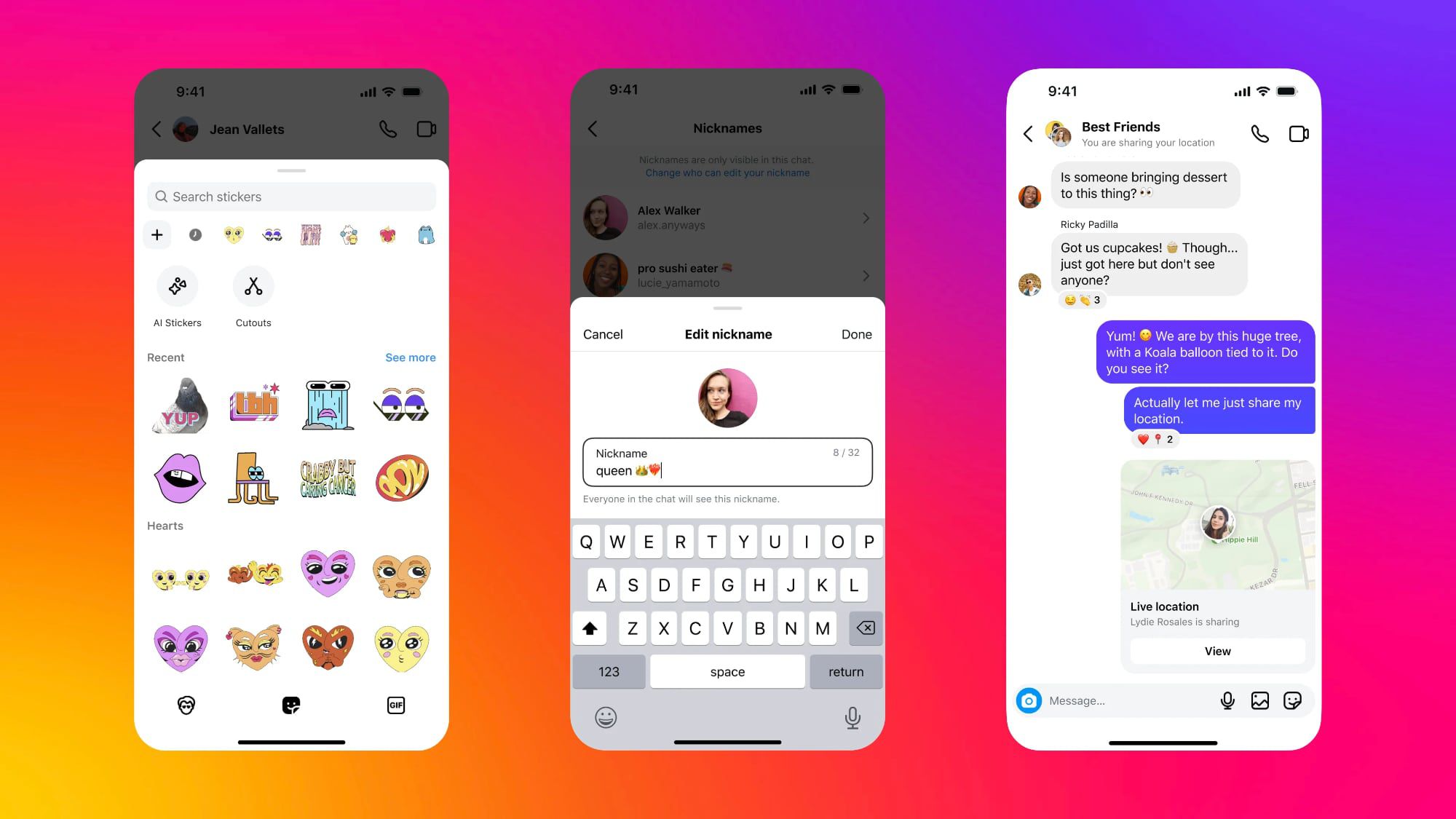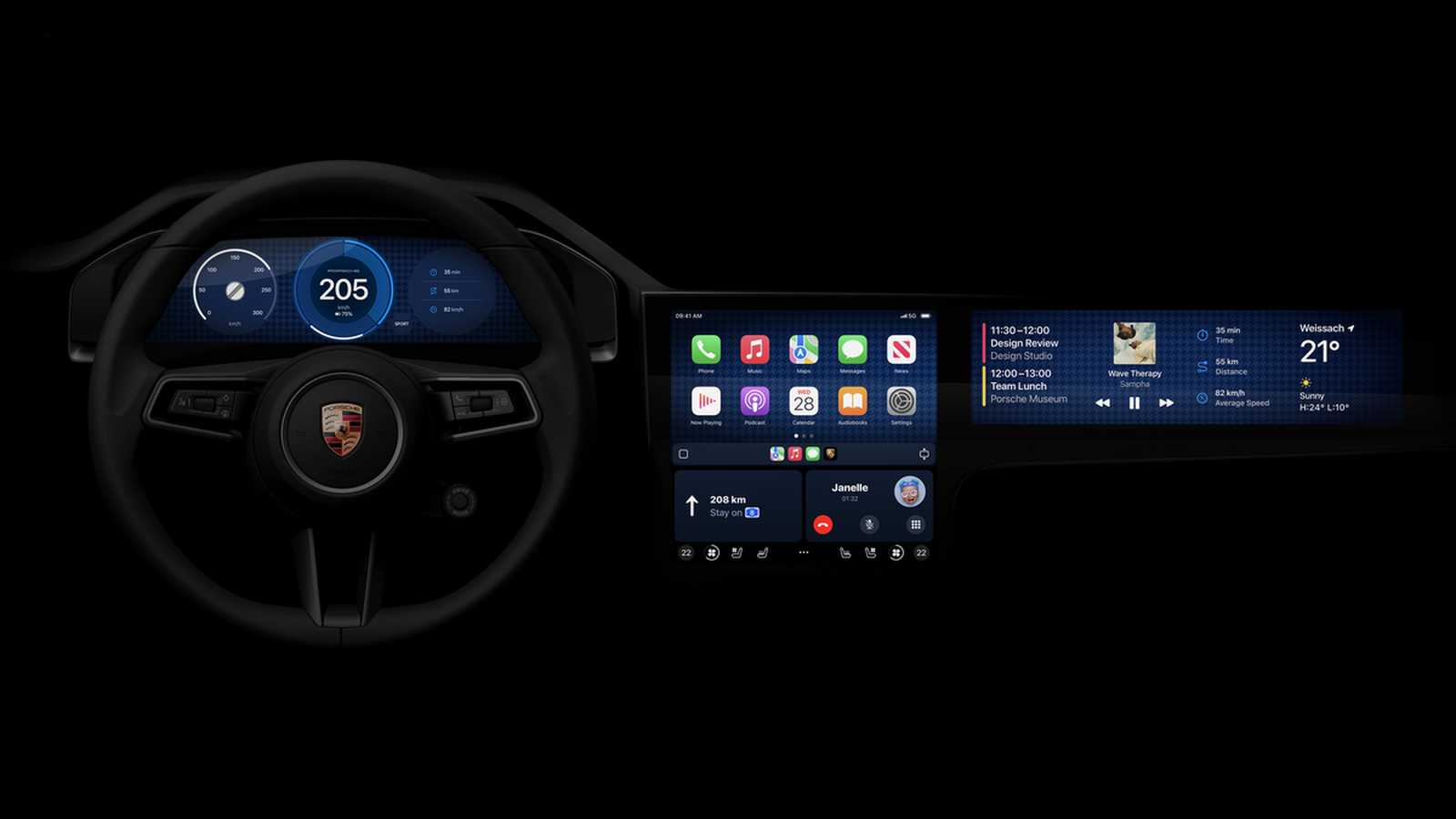What is the digital divide? According to Lifewire, the digital divide “describes the disparity between populations with access to modern communications technologies (cellphones, the internet, etc.) and those without access.” However, the digital divide isn’t defined by one single factor — it has many complex layers, such as accessibility, affordability and the knowledge and resources a community has to utilize communication technologies.The disparities within each of these factors are driving forces behind the divide, not just at a community and national level but also internationally. Why does the digital divide matter? A 2024 Pew Research report shared that “lack of fast internet connection plagues some 24 million Americans.” In our ever-changing digital world, limited access to communication technologies and internet has never been more impactful.Nearly 95% of U.S.
residents use the internet in 2024, according to Statista.Simply put, technology has become vital to many sectors of society — without it, communities are facing dire effects in more ways than one. High-speed internet access is not a luxury; it’s a necessity.Rafi Goldberg Senior Policy Advisor, Office of Policy Analysis and Development Education In the years since the COVID-19 pandemic, it has become clear that technology and internet access are essential to today’s students, but the digital divide has created significant educational disparities. The Federal Communications Commission (FCC) reports that nearly 17 million children are without internet access at home.
This perpetuates the “homework gap,” the divide between students who have internet access to complete school assignments and those who do not. According to Pew Research, 24% of teens in low-income households are unable to complete homework due to a lack of reliable computer or internet access, and one in five teens living in lower-income households say they don’t have access to a computer at home.Post-pandemic, many schools have continued to participate in an online learning model.The lack of internet access among students means that many are not receiving the same educational advantages as their peers with internet access.
Health care Health care disparities have long been a problem in the health care system, and as technology continues to advance, the digital divide exacerbates them. One of the most prominent examples of the digital divide’s impacts on health care is the growing prominence of telehealth.Since the pandemic, telehealth has become an extremely popular way for people to avoid the doctor’s office and complete a health care visit quickly and efficiently.Telehealth visits remain prominent today, taking up almost 17% of all outpatient/office visit claims.
The digital divide prevents access to telehealth resources for many, reinforcing inequalities in health care access in already marginalized and underserved communities.What factors contribute to the digital divide? The digital divide exists due to two problems: accessibility and affordability.For this reason, rural residents and low-income households are the primary demographics of people who lack internet access. Accessibility: The digital divide between rural and urban residents is particularly challenging to solve because the expansion of rural broadband is an expensive and lengthy process.
The federal government has invested billions of dollars in expanding rural broadband access in the past 10 years.Despite these investments, however, approximately 24 million rural residents in America still lack broadband access.Affordability: Millions of Americans who live in urban areas and have access to several internet providers, however, still lack internet access.
According to the Pew Research, over half of Americans who lack internet access say that is because it’s too expensive.Households with an income of $30,000/yr.have a particularly hard time affording internet service.
For instance, households with an income over $75,000/yr.are 20x more likely to have access to the internet than households with an income under $30,000/yr.22% of children of low-income families lack internet connections.
Geographical restrictions and lack of digital education are also roadblocks to digital equity, according to the Digital Divide Council.Studies have estimated the average low-income household can afford to pay $10/mo.for internet service.
However, the average cost of internet service in the U.S.is over $90/mo.This is a major barrier the FCC is working with Congress and state agencies to overcome. Low-income households and Native American families can receive broadband service through income-based government and provider programs. What speeds do Americans need for adequate internet access? The FCC’s standard for high-speed internet is 100 Mbps download speed and 20 Mbps upload speed.
However, according to the FCC, over 90% of Americans with internet access have at least 100 Mbps in download speed. In fact, 85% of Americans receive as high as 250 Mbps.Therefore, the FCC’s multibillion-dollar investment in broadband expansion for rural and low-income families will still result in a major divide when it comes to internet speeds as there is a significant difference in 25 Mbps, 100 Mbps and 250 Mbps.What are internet providers doing to fight the digital divide? Internet providers are always expanding services, especially as they replace traditional cable or copper lines with new fiber cabling.
Rural buildouts are very expensive, however, so 5G home internet is becoming a viable solution with the addition of cell towers in rural areas.Some internet providers also provide low-income options to qualifying households for cheap internet.What is being done to solve the digital divide? The U.S.
has various programs and laws directed at closing the digital divide: ReConnect Program The ReConnect Loan and Grant Program provides funds for broadband access in rural areas.The U.S.Department of Agriculture (USDA) awarded $502 million in loans and grants through the third funding round of the ReConnect program to provide high-speed internet access to rural residents and businesses in 20 states.
Infrastructure Investment and Jobs Act The Bipartisan Infrastructure Law passed in 2021 provides $65 billion for high-speed internet access to underserved areas.FCC initiatives and tech innovations to help close the gap Some of the primary FCC initiatives to help close the digital divide include establishing the Digital Opportunity Data Collection to improve broadband availability mapping and better identify gaps in internet coverage across the nation, as well as investing more than $9 billion over the next decade to expand rural broadband access. Expanding rural broadband access in the most efficient way possible will require using fairly new technology.Some of the leading technologies for expanding both fixed and mobile broadband access to rural areas will be through TV white space (TVWS) and automated aerostat super towers. TVWS is the unused broadcasting frequencies between television channels and it will help provide rural fixed broadband access because it is cheaper and faster to deploy than traditional fiber internet.
Automated aerostat super towers are a better alternative to cell towers in providing rural mobile broadband access because they can cover a much wider area. Stay connected to our Resource Center for the latest developments on bridging the digital divide.Digital divide FAQs What is the digital divide? The digital divide is the gap between those who have access to computers and the internet and those who do not.What are examples of the digital divide? Examples of the digital divide include being able to afford an internet plan, having and using a computer or cellphone or having access to educational and medical resources online.
Who is most affected by the digital divide? Low-income households, people of color and older or Native Americans are most affected by the digital divide.People who live in very rural areas are also less likely to have access to internet services.What resources are there to close the digital divide? Edutopia provides digital divide resources like research, reports and action groups. Written by: Robin Layton Editor, Broadband Content Robin Layton is an editor for the broadband marketplace Allconnect.
She built her internet industry expertise writing and editing for four years on the site, as well as on Allconnect’s sister site MYMOVE.com.…
Read more
Edited by:
Anine Sus
Editor I
Read bio
What to read next
Read more
Featured
Tips to improve your internet connection and boost Wi-Fi signal
Camryn Smith —
7 min read
Featured
Millions in rural U.S.still do not have internet access
Camryn Smith —
5 min read
Featured
What can you do with a 100 Mbps plan?
Camryn Smith —
3 min read
Latest
Monday, November 25, 2024
What is the digital divide?
Robin Layton —
5 min read
Monday, November 25, 2024
Moving? Find out how to switch internet providers and save money
Robin Layton —
3 min read
Monday, November 25, 2024
Everything you need to know about business internet
Camryn Smith —
3 min read









